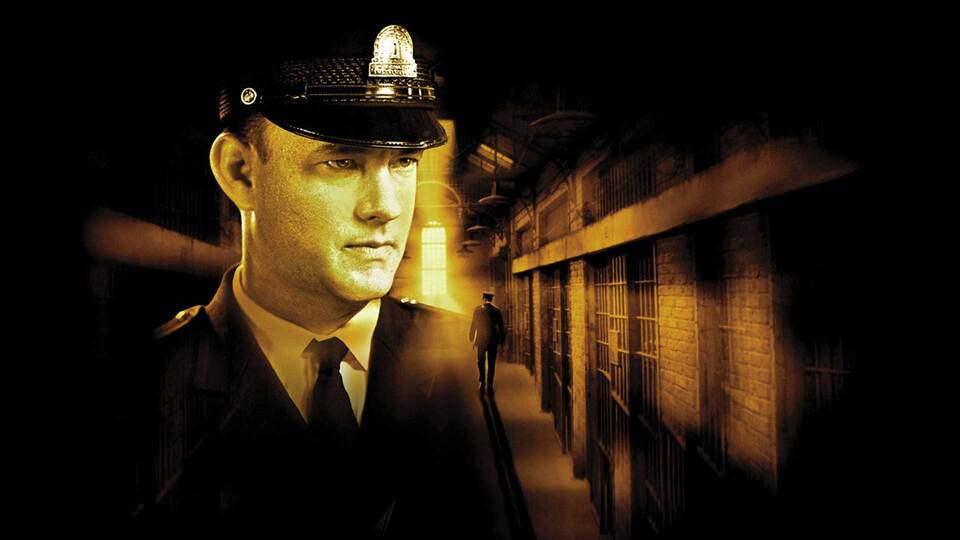“The rush of battle is often a potent and lethal addiction, for war is a drug.” – A review of The Hurt Locker.
Released in 2008, The Hurt Locker is a gripping, tense and visceral commentary of modern warfare. Directed by Kathryn Bigelow, the film follows the Explosive Ordnance Disposal unit, or EOD for short, during the events of the Iraq war. The Hurt Locker is a critical portrayal of war, exploring the effects of conflict on individuals, and it did it incredibly well, winning six Academy Awards. What made The Hurt Locker such a compelling watch, and does it still hold up today?
The Hurt Locker follows reckless Staff Sergeant William James, played by Jeremy Renner, who has taken over an Iraq War bomb disposal unit in Baghdad. His recklessness creates tension with his squadmates, Sergeant J.T. Sanborn and Specialist Owen Eldridge, who both take a more cautious approach to their roles. This tension between the team, as well as the understandable stress caused by being at war in the first place, allows The Hurt Locker to explore the psychological effects of war, the stresses of combat, and the intense levels of pressure that military personnel in combat face.
This is an incredibly tense film for good reason. With James’s reckless bravery comes risk; his squadmates are understandably concerned with their own survival, and his behaviour isn’t always conducive to this. Their job itself is life or death, as a single wrong move could lead to instant death or horrific injury, yet James is reckless and seemingly addicted to war as his behaviour blurs the line between brave and suicidal.
Handheld cameras and tight framing create some incredible cinematography. This film almost feels like a documentary as it throws you in to the grim realities war, the sometimes-shaky cameras underlining the danger and unpredictability of conflict. This realist element is one of the things that makes The Hurt Locker truly unforgettable and one of my favourite war films.
Something I really appreciate about this film is that it doesn’t glorify war, but neither does it get bogged down in politics or blatant criticism. Instead, the film attempts to show audiences the grim reality of serving in a warzone, which comes with added tension – the enemy could be anywhere, any moment could be your last – so the film is paced in such a way that the suspense and feeling of dread is constant.
Camaraderie is also a strong theme throughout this film. Whilst there are tensions between the soldiers, there are also moments of real connection, with the film exploring the complexities of friendship in such an extreme and dangerous situation. I wouldn’t say that it is overly sentimental, but it is complex, making this a compelling watch.
Perfectly cast, well written and with some incredible performances, The Hurt Locker is a remarkable film, but I wouldn’t call it perfect. Whilst the tension is great, there are times when it feels like tension is put before reality, so it’s occasionally necessary to suspend belief, especially when you consider that individuals who have served in the military have pointed out inaccuracies themselves. I also would have liked a little more on the political context of the war, as well as more about the location and the inhabitants of Iraq, who I can’t help but feel are treated as background characters with nothing in the way of character development. Whilst it’s fascinating to watch the soldiers’ journey, it would have been more believable if we’d been given the opportunity to see more of the impact the war had had on local communities.
Despite the above issues, I really enjoyed this film. The Hurt Locker explores the psychological effects of conflict and the ways in which individuals can become addicted to danger and adrenaline. It of course also explores themes around trauma, and the ways your experiences can stay with you, even when you try to reintegrate into civilian life. Exploring addiction, danger, courage and masculinity, The Hurt Locker is a brilliant film which is well worth watching.
Written by Tam Page

No comments yet.
Leave a Reply
Your email address will not be published. Required fields are marked *





Comments: